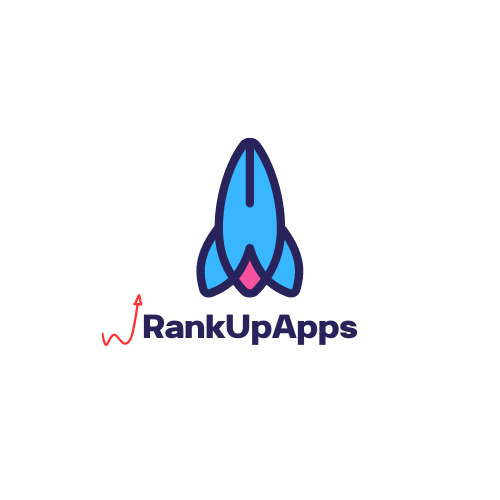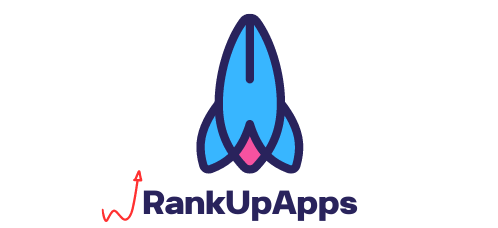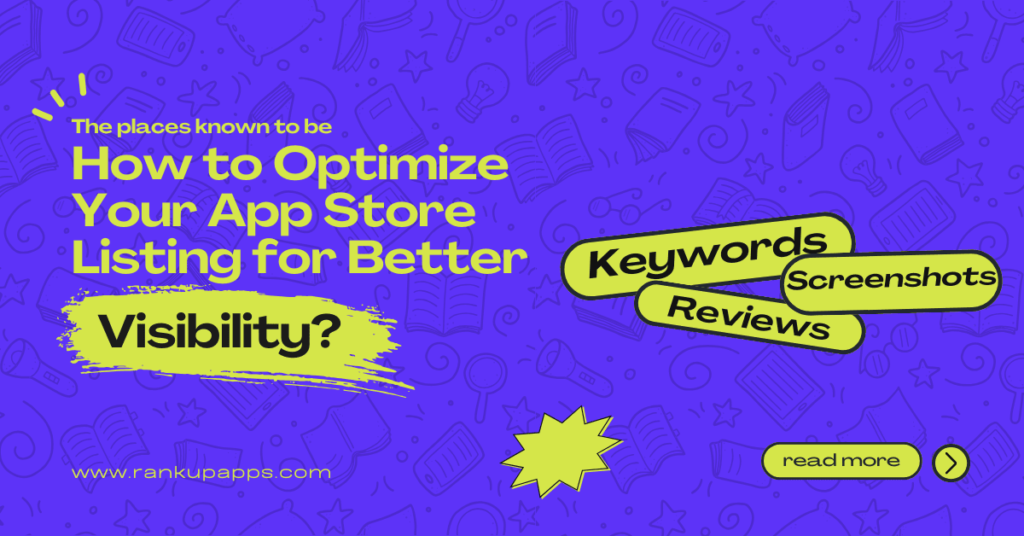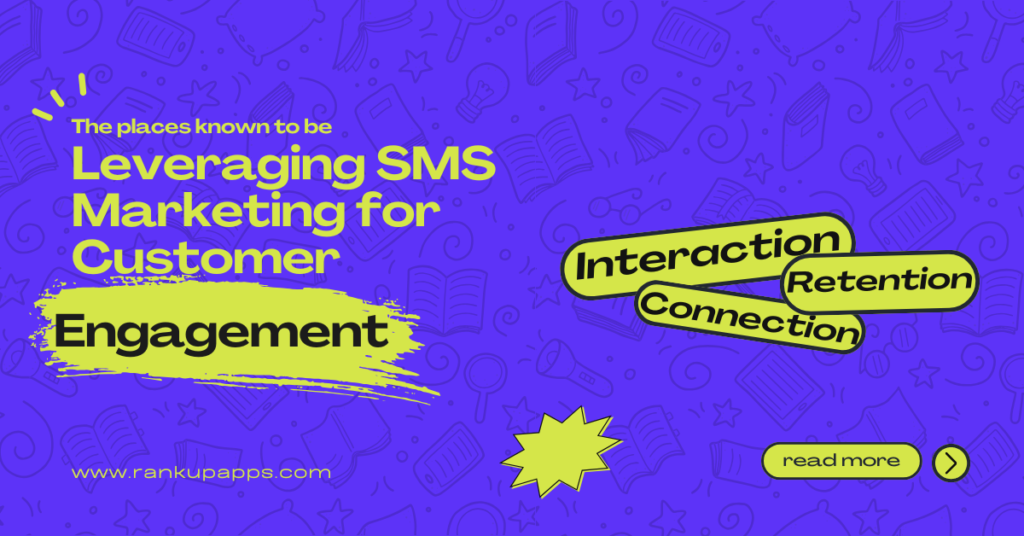In today’s crowded app market, creativity is more than just a nice-to-have; it’s the edge that gets you installs, engagement, and loyal users. A creative ad strategy for apps blends storytelling, design, and data to break through the noise and connect with the right audience.
Think beyond just showing features. Great app ads show how your product fits into someone’s life. Whether it’s a 15-second TikTok, an interactive playable ad, or a swipeable Instagram story, the best campaigns hook attention in seconds and leave a lasting impression.
A winning strategy doesn’t rely on guesswork. It uses real-time testing, audience insights, and platform-specific formats to craft visuals and messages that convert. From mobile games to fintech apps, brands that prioritize creativity in their ad strategy see lower CPIs, higher retention, and stronger brand lift.
Understanding Your App’s Unique Selling Proposition (USP)
In today’s overcrowded app market, being visible isn’t enough; you need to be unforgettable. That’s where creative advertising steps in. A well-designed ad isn’t just a promo; it’s your app’s first impression.
Users scroll fast and judge faster. You have just a few seconds to grab their attention, spark interest, and earn a tap. Traditional ads often fail here. But creative ad strategies that tell a story, make users feel something, or visually stand out drive real results.
Think of Apple’s sleek visuals or Duolingo’s quirky TikToks. Their creativity builds curiosity, trust, and downloads.
Identifying Core Features and Benefits
Before crafting any creative ad, you need to know what truly sets your app apart. Your Unique Selling Proposition (USP) is the reason someone should download your app instead of a competitor’s.
Start by asking: What core problem does my app solve? Maybe it’s faster delivery, smoother UI, or offline functionality. Focus on the real-world benefit, not just features.
For example, if you’re marketing a fitness app, don’t just say “100+ workouts.” Say, “Your trainer in your pocket, no equipment needed.” That’s a USP with a clear value.
Your ad strategy should revolve around this unique promise. Every visual, caption, and CTA must echo this core message.
Mapping Audience Pain Points to Solutions
Identifying your app’s core features and benefits is the first step in creating standout ad creatives. Focus on what makes your app valuable, not just what it does. Highlight one or two features that solve a real problem or offer a unique experience.
Use clear visuals or short phrases to spotlight these in your ads. Keep it benefit-driven: instead of saying “24/7 customer support,” say “Get help anytime, stress-free.” Your goal is to show users why your app matters to them, not just what it can do.
Elements of a Winning Creative Ad Strategy
A great mobile ad doesn’t just grab attention, it converts. To build a winning creative ad strategy for apps, you need to combine visual appeal with clear intent.
Start with storytelling. Show users how your app fits into their lives. Instead of saying “Track your workouts,” show someone achieving a fitness goal using your app.
Next, focus on the hook; the first 3 seconds matter most. Use bold text, fast motion, or a strong question to pull viewers in instantly.
Call-to-action (CTA) is non-negotiable. Phrases like “Download Now” or “Get Started Free” should be clear and placed where they’re hard to miss.
Tailor creatives to each platform. What works on Instagram Stories may flop on Google UAC. Test different formats, carousels, UGC-style videos, or playable ads to find what resonates.
Visual Storytelling That Connects Emotionally
Visual storytelling is what makes your app ad unforgettable. Instead of listing features, show the experience. A single image or five-second video can stir emotion faster than text ever will.
Think of a meditation app ad. Don’t just say “relax better.” Show someone escaping city chaos and finding calm with a tap. That’s an emotional connection.
Today’s users scroll fast. Visual stories stop the scroll. They build empathy, trigger curiosity, and spark action. Use close-up shots, real expressions, and situations your audience relates to.
Platform-Specific Ad Customization (Meta, TikTok, Google UAC)
Each ad platform demands a unique creative approach. What works on Meta might flop on TikTok.
On Meta (Facebook & Instagram), focus on scroll-stopping visuals, bold CTAs, and ad copy that feels personal. Use carousel formats to showcase features or testimonials. Keep the first 3 seconds of video ads engaging, it’s where attention is won or lost.
TikTok thrives on authenticity. Ads should blend in with organic content. Use trending sounds, casual visuals, and real users. High-performing app ads here often feel like UGC, not polished commercials.
For Google UAC (Universal App Campaigns), it’s all about feeding the machine. Provide multiple creatives: videos, headlines, images. Google’s AI auto-tests and serves what works best. Focus on clarity, simplicity, and showcasing the app’s key benefit early..Top Creative Formats That Drive App Installs
In today’s mobile-first world, attention spans are short and competition is fierce. That’s why the right creative ad formats can make or break your user acquisition strategy.
Short-form video ads work brilliantly. Think TikTok-style content: fast, fun, and visually gripping. These videos mimic organic content, making them feel less like ads and more like entertainment.
User-generated content (UGC) is another game-changer. When real users showcase your app in action, it builds trust fast. UGC feels raw and relatable, which often leads to higher installs.
For gaming and interactive apps, playable ads are gold. They let users experience a mini version of the app before downloading. The “try before you buy” model drives better conversions and lowers uninstall rates.
Don’t ignore carousel creatives either. They’re perfect for apps with multiple features; each card can highlight a unique benefit or screen.
Finally, static image ads still work if the design is scroll-stopping. Bold colors, strong CTAs, and clear messaging are key.
Short-form Videos and UGC Style Ads
Short-form videos and UGC-style ads are dominating app marketing today. Why? Because they feel real.
Instead of polished, studio-style ads, users respond better to content that looks like it was shot on a phone, raw, fast, and relatable. These formats mimic the way people already consume content on TikTok, Instagram Reels, and YouTube Shorts.
For example, a fitness app can showcase a real user doing a home workout in 15 seconds. That kind of ad builds trust instantly.
The key is to blend value with authenticity. Use trending music, bold captions, and real faces. Show the app in action, don’t explain, demonstrate.
Carousel and Static Ad Design Tips
Carousel and static ads may look simple, but when done right, they drive real results. For carousels, think of the story first. Each swipe should build curiosity or explain a benefit clearly. Start with a bold hook, then follow up with value-driven slides. Keep your visuals clean, branded, and mobile-friendly.
For static ads, one message is enough. Highlight a single substantial benefit or offer. Use high-contrast colors, readable fonts, and a clear call-to-action. Don’t be overcrowded with text. If it doesn’t stop the scroll in two seconds, it’s lost.
Data-Backed Creativity – Testing and Optimizing
Creative ideas are powerful, but without data, they’re just guesses. In mobile app advertising, testing your creatives is what turns good ideas into high-performing campaigns.
Start by running A/B tests. Test different ad headlines, visuals, and call-to-actions, track which version gets more clicks, installs, or engagement. For example, a fitness app might test an emotional transformation story vs. a feature-focused video. Data reveals which connects better.
Use creative analytics tools to monitor scroll-stops, bounce rates, and conversion paths. Platforms like Meta Ads Manager or TikTok Creative Center offer real-time insights. You’ll learn what’s working and what’s wasting and spending.
Using Heatmaps and Engagement Data to Improve Design
Heatmaps and engagement data reveal how users interact with your ad creatives, where they tap, pause, or drop off. This insight helps you redesign smarter.
Use tools like Hotjar or Meta’s in-platform data to analyze behavior patterns. Minor tweaks based on real data can boost CTR and install fast.
Leveraging AI Tools for Creative Enhancement
AI tools are transforming how mobile ad creatives are built, tested, and scaled. From copy generation to visual asset enhancement, these tools speed up production and boost performance.
Marketers now use platforms like Canva’s Magic Design, Adobe Firefly, and ChatGPT to create quick mockups, ad headlines, and even storyboards. AI-powered video editors help generate short-form content that’s tailored to user preferences on TikTok or Instagram.
Conclusion – Turning Creativity into Conversions
A creative ad isn’t just about looking good; it’s about working smart. In mobile app marketing, creativity becomes powerful only when it drives action. Every visual, every line of copy, and every scroll-stopping moment should push users one step closer to installing your app.
Whether it’s a thumb-stopping UGC-style video or a clever headline on Meta Ads, the goal is simple: make people care enough to click.
Test often. Learn fast. Improve continuously.
Because in the end, a creative ad strategy for apps isn’t about going viral, it’s about building real, lasting user growth through ideas that connect and convert.



